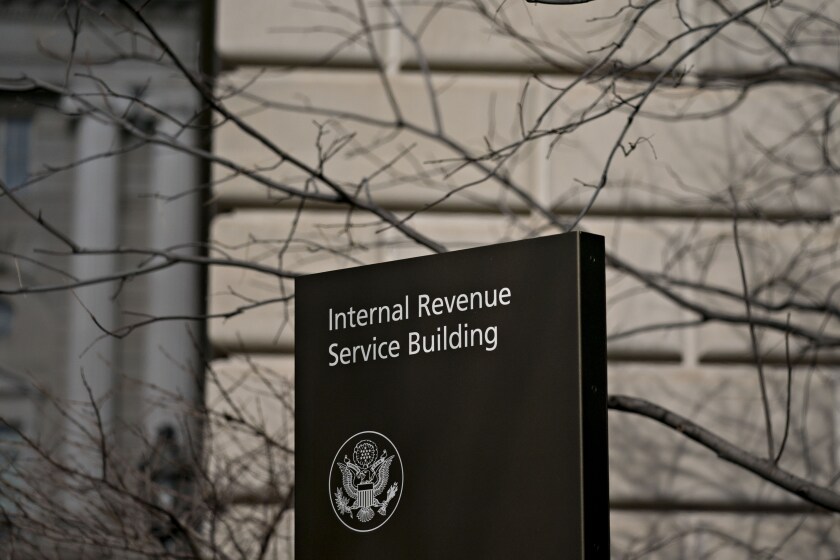Drive-thru is almost synonymous with fast food, but for some quick-serve chains — like Subway — a past emphasis on in-store dining meant a much sharper pivot when the coronavirus pandemic struck.
The nature of Subway's evolution was largely driven by consumers, who wanted to use mobile devices and contactless cards to avoid the perceived or real risk of contracting germs. But the underlying technology to support those habits varies widely from region to region. What’s more, Subway’s traditional internal process to test new country-specific terminals cost about $50,000 per device, or about $7 million per year for quality assurance, not counting the cost of the actual terminals, which needs to be negotiated with vendors in each country.
Subway instead turned to a centralized basket of messaging protocols and payment data standards to create a network effect for the myriad payment types that exist in different countries. The work dates to an initial 2018 decision Subway made to find a simpler way to update and install payment terminals, but has taken on added urgency as locations globally scramble to adhere to new consumer patterns and health codes that also differ from one nation to the next.
“Our business is still mostly in-store, though we are seeing an increase on our digital side,” said Benoit Lamoureux, payment product owner at Subway. “On the in-store side, we had to be able to create the same integration for all of the different systems we were working with.”

Subway is using nexo, or a non-profit initiative that’s building a “standard of standards'" for payment information exchange. Nexo is designed to accumulate specifications and messaging protocols that cover the exchange of payment acceptance information in different languages, currencies and local specifications. It’s based on ISO 20022, an additional standard that manages the fields and data used to process payments.
The standards replace an older system of individual upgrades in each country that were distinct to each location. Subway has more than 40,000 stores in 100 countries, operating in 20 languages, processing 3 million payments for 7 million sandwiches per day.
Employee Benefit News' March/April issue explores how workplaces are navigating pandemic challenges and making plans to return to the office.
The Internal Revenue Service released information on how employees now have until the end of the year to repay any payroll taxes they deferred from last year.
CPA firms will be in a great position to help their small business clients with the latest round of the Paycheck Protection Program, according to Barry Melancon.
Subway has executed several changes to its payments strategy over the past several years, often undertaking large IT projects. As the chain expands contactless payments and digital marketing, the range of countries makes it “impossible” for Subway to deploy a single system for payments and point of sale terminals, Lamoureux said.
So far in 2020, Subway, via nexo-affiliated partners, has executed payment projects on multiple continents, with deployments often occurring as part of pandemic workarounds and avoiding the $7 million testing cost. The chain used Adyen to develop a diverse range of acceptance options to support loyalty, gift cards, mobile wallets and local payment methods. Subway can also view data across franchises. The deployment began this year in North America, covering 25,000 locations and 500 million card transactions per year.
Also in 2020, Subway partnered with Worldline to support payments at locations in Europe, with live pilots in Austria, Ireland and the Netherlands. It plans a continent-wide rollout by the end of 2020.
And in Australia, Subway is using Windcave, which has been deployed in about 90% of locations in the country.
“What we found is the new standards we are using gave us leverage over vendors, so we were able to quickly add contactless for thousands of terminals in a few days rather than working on a long IT project for a full year,” Lamoureux said.
The quick upgrades have come as consumers use contactless payments more often, part of a general adoption and as a way to avoid contact during the pandemic.
"We have seen a major increase in contactless around the world," Lamoureux said, adding the sources have been varied, including Apple Pay, Google Pay and Subway's own wallet.
Subway’s RFP process now mandates that all its prospective payments partners provide solutions that adhere to the nexo retailer protocol. ISO 20022 and nexo have proven useful in streamlining cross-border payments.
Writing for PaymentsSource, Arnaud Courzet, a vice president at FIME, said payment standards such as nexo “help eradicate the age-old issue of ‘vendor lock-in’,” which causes financial stress for merchants by charging fees to use different vendors for other services. Nexo streamlines the competition among vendors, and encourages them to offer competitive pricing models and merchant services, Courzet said.
“This allows merchants to approach different categories of vendors with multiple payment service providers, card companies,” said Normand Provost, project management officer and liaison for nexo standards. “As of today most of this is based on card transactions, but we are also looking to phase in mobile.”






